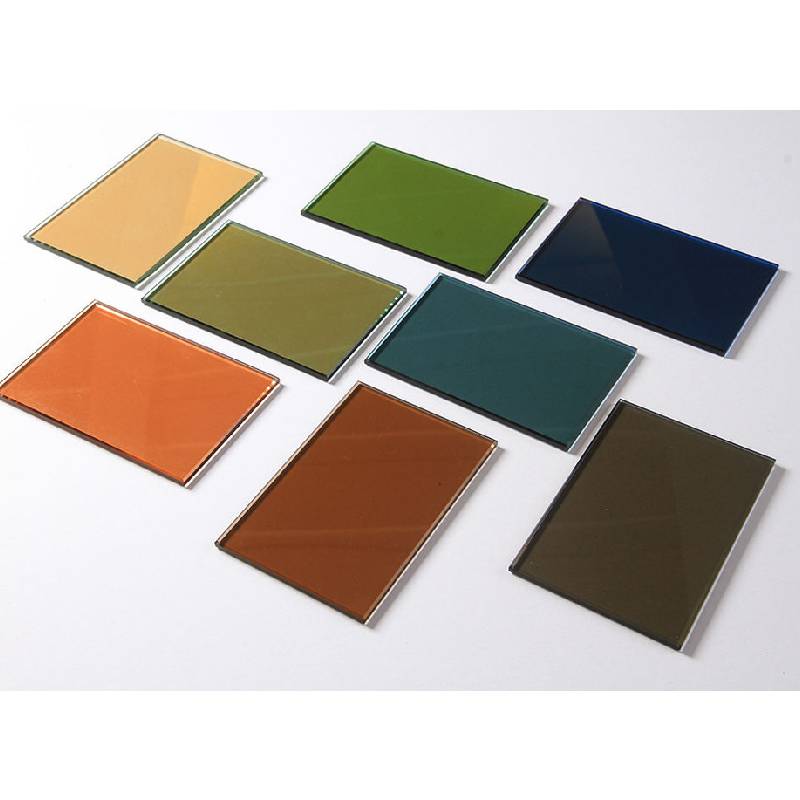

The Allure of Green Reflective Glass A Modern Design Element
Green reflective glass is becoming increasingly popular in contemporary architecture and interior design. Its unique aesthetic and functional properties make it a favored choice among architects, designers, and homeowners alike. This article explores the many facets of green reflective glass, including its application, benefits, and significance in modern design.
Aesthetic Appeal
The primary allure of green reflective glass lies in its stunning visual qualities. The green hue adds a sense of tranquility and nature, promoting a peaceful ambiance reminiscent of lush landscapes. When sunlight hits the glass, the reflective surface creates mesmerizing light patterns, enhancing the overall aesthetic of a building or space. The green tones can complement a variety of design styles, from sleek modernism to organic architecture, making it a versatile choice for any project.
Functional Advantages
Beyond its beauty, green reflective glass offers numerous functional benefits. One of the most significant advantages is its capacity for energy efficiency. The reflective quality of the glass helps to minimize solar heat gain, reducing the need for artificial cooling systems during hot weather. This can lead to considerable energy savings and lower utility bills, making it an environmentally friendly choice for both commercial and residential buildings.
Additionally, green reflective glass offers superior UV protection
. It blocks a significant percentage of harmful ultraviolet rays, protecting interiors from fading and deterioration over time. This quality is particularly beneficial for homes with valuable artworks and furnishings that need to be safeguarded from sun damage.Privacy and Comfort

Another benefit of green reflective glass is its ability to provide privacy without sacrificing natural light. During the day, the reflective surface creates a one-way view, allowing those inside to see out while preventing outsiders from looking in. This feature is especially appealing for urban settings where privacy is often compromised. For homeowners, this means a comfortable living space free from prying eyes, all while still enjoying the warmth of natural sunlight.
Sustainability Aspects
In a world increasingly focused on sustainability, green reflective glass fits right into the conversation. Many manufacturers produce this type of glass using environmentally responsible practices, incorporating recycled materials and utilizing energy-efficient production methods. By choosing green reflective glass, architects and builders can contribute to environmentally-conscious construction practices while still achieving stunning visual results.
Applications in Modern Design
Green reflective glass is often used in a variety of architectural applications. It is commonly found in the façades of commercial buildings, creating striking exterior designs that stand out in urban environments. Moreover, this type of glass is perfect for partitioning interior spaces, such as offices or shopping malls, where it can create distinct zones while maintaining an open and airy feel.
In residential design, green reflective glass can be incorporated into windows, sliding doors, and glass railings, enhancing the overall aesthetic of a home. Whether used in a high-rise building or a secluded villa, the versatility of this glass allows for innovative designs that cater to the desires of modern occupants.
Conclusion
In summary, green reflective glass is more than just a design trend; it is a sophisticated material that merges beauty with functionality. Its aesthetic appeal, energy efficiency, and privacy features make it a valuable choice in contemporary architecture and interior design. As the emphasis on sustainability and eco-friendly practices grows, the popularity of green reflective glass is likely to rise, paving the way for a new era of beautiful and responsible design. This remarkable material is undoubtedly set to feature prominently in the future of our built environment.